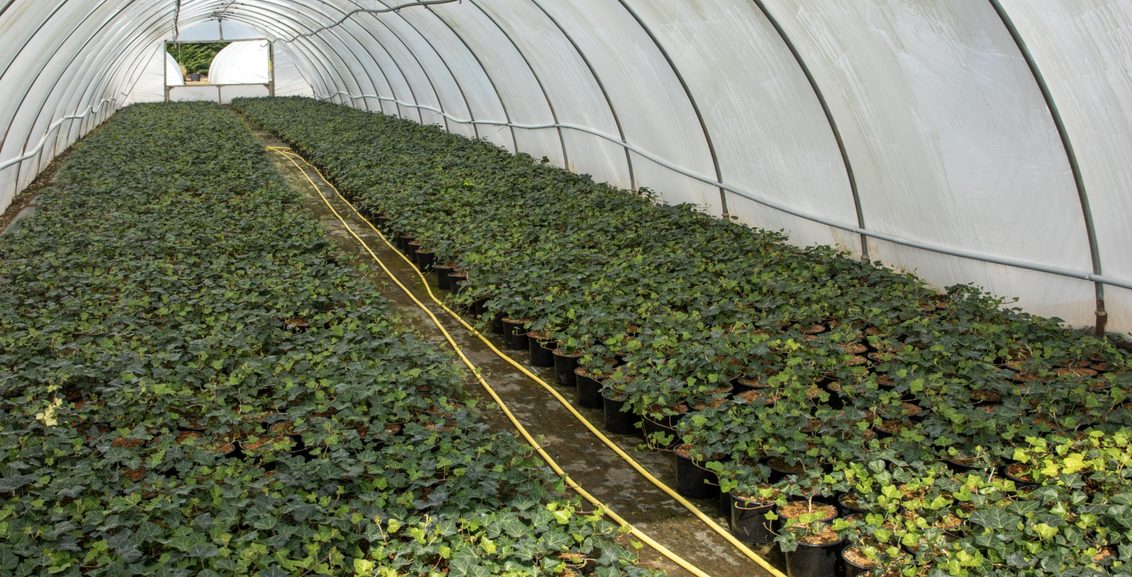Tips for longer nozzle life
How often should I replace spray nozzles?
What can I do to keep my spray nozzles in good condition?
For a precision-engineered component, spray nozzles are, I think, surprisingly cheap, especially when you compare their cost of as little as £5 or so to the cost of the labour involved in spraying, the cost of the product being applied, and the value of the crop itself.
But they will wear out and can suffer accidental damage too, so perhaps they should be regarded much more as ‘consumables’.
The job of filters in the spray line is mainly to prevent blockages so finer particles in the spray solution will reach the nozzle where they cause wear: formulations such as SCs and WGs are based on crystalline particles which do unfortunately abrade the nozzle’s finely machined internal surface. And the higher the pressures used, the faster the particles will wear down these surfaces.
We’ve talked in earlier blogs about the importance of regular sprayer checks, and of course it’s a legal requirement for equipment with a boom longer than 3m. Nozzle wear is one of the main causes of failure under the National Sprayer Testing Scheme.
Just 10% wear to an orifice will lead to poor coverage, loss of uniformity, inaccurate dosing, the risk of poor control or crop damage, and wastage. You can sometimes see the effect of a worn nozzle on the spray pattern but it’s best to use a measuring cylinder or, if you have one, a flow meter to measure nozzle output at least once a year and check it against the manufacturer’s specs.
If in any doubt, replace the nozzle: the cost is small compared to the consequences of poor pest or disease control from using a worn one.

Maintenance
It’s good practice to remove and clean nozzles after use. Simply soaking in water will prevent spray residues from drying and building up, leading to blockages. If necessary clean orifices with a soft brush or air-line – never resort to pins or wire as these will easily scratch and ruin the machined surfaces inside.
It’s also a good idea to carry spare nozzles during spraying so you can quickly do a swap, rather than poke about with a bit of wire, in the event of a blockage.
I hope this short series of blogs as helped you think about the humble spray nozzle in a new light. If you have any questions about nozzle choice for a particular crop, or pest or disease target, please get in touch and either we or our distribution partner colleagues at Fargro or ICL will do our best to help.

